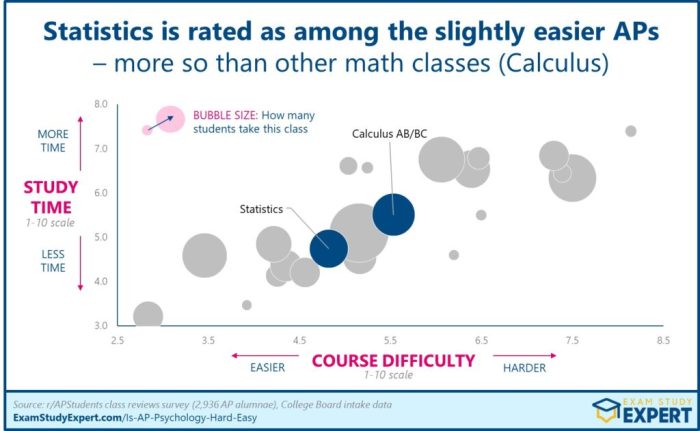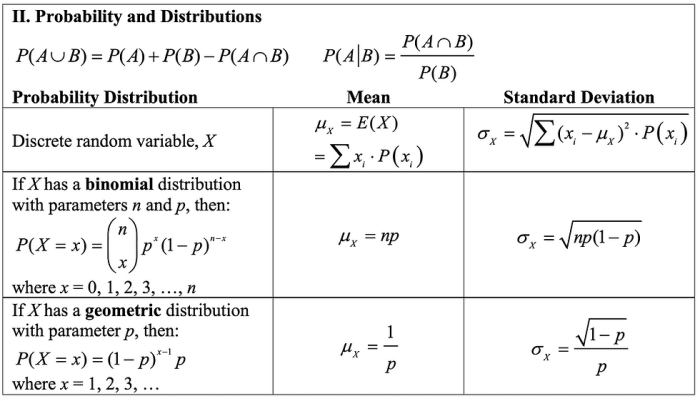Ap stats unit 1 practice test – Embark on an extraordinary journey with our AP Statistics Unit 1 Practice Test, meticulously crafted to guide you towards statistical mastery. Immerse yourself in a comprehensive exploration of central tendencies, sampling techniques, probability distributions, hypothesis testing, and regression analysis. Prepare to conquer the AP Statistics exam with confidence!
Our practice test is not merely a collection of questions; it’s a transformative experience that will deepen your understanding of statistical concepts and sharpen your analytical skills. Dive into real-world scenarios, engage in thought-provoking discussions, and emerge as a statistical virtuoso.
Exploring Central Tendencies and Variability

Central tendencies and variability are fundamental concepts in statistics that help us describe and analyze data. Central tendencies measure the “center” of a dataset, while variability measures how spread out the data is.
Mean, Median, Mode
Mean, median, and mode are the three most common measures of central tendency. Mean is the average of all values in a dataset, while median is the middle value when the dataset is arranged in ascending order. Mode is the value that appears most frequently.
- Mean: Sum of all values divided by the number of values
- Median: Middle value when arranged in ascending order
- Mode: Value that appears most frequently
Range, Variance, Standard Deviation
Range, variance, and standard deviation are measures of variability. Range is the difference between the maximum and minimum values in a dataset. Variance is the average of the squared differences between each value and the mean. Standard deviation is the square root of variance.
- Range: Maximum value minus minimum value
- Variance: Average of squared differences from the mean
- Standard Deviation: Square root of variance
Real-World Examples
These measures are widely used in various fields:
- Mean: Average test scores of a class
- Median: Middle income in a population
- Mode: Most common letter in a text
- Range: Temperature difference between day and night
- Variance: Spread of stock prices
- Standard Deviation: Consistency of a manufacturing process
Sampling and Data Collection

Sampling is a crucial aspect of statistical analysis, as it allows researchers to make inferences about a larger population based on a smaller, representative sample. Different sampling methods have their own advantages and disadvantages, and the choice of method depends on the research question, available resources, and population characteristics.
Sampling Methods
Common sampling methods include:
- Simple random sampling:Each member of the population has an equal chance of being selected.
- Systematic sampling:Members are selected at regular intervals from a list or database.
- Stratified sampling:The population is divided into subgroups (strata), and then members are randomly selected from each stratum.
- Cluster sampling:The population is divided into clusters, and then a random sample of clusters is selected.
- Convenience sampling:Members are selected based on their accessibility or availability.
Data Collection
Effective data collection is essential for accurate and reliable statistical analysis. Common data collection methods include:
- Surveys:Questionnaires are used to collect data from a sample of individuals.
- Experiments:Researchers manipulate variables to observe their effects on a sample.
- Observational studies:Researchers observe and record data without manipulating variables.
Probability and Distributions
Probability is a fundamental concept in statistics that measures the likelihood of an event occurring. It is expressed as a number between 0 and 1, where 0 represents an impossible event, and 1 represents a certain event.
Probability theory provides a framework for understanding and predicting random phenomena. It is used in various fields, including statistics, finance, and machine learning.
Probability Distributions
Probability distributions are mathematical functions that describe the probability of different outcomes in a random experiment. There are many different types of probability distributions, each with its own characteristics.
- Binomial distribution:Models the number of successes in a sequence of independent trials, each with a constant probability of success.
- Normal distribution:Also known as the bell curve, it models continuous data that is symmetric and bell-shaped.
- Poisson distribution:Models the number of events occurring in a fixed interval of time or space.
Calculating Probabilities
Using probability distributions, we can calculate the probability of specific outcomes. This is done by evaluating the probability density function or cumulative distribution function of the distribution.
Probability density function:A function that gives the probability of a specific value or range of values.
Let’s dive into AP Stats Unit 1 practice test! As you tackle these problems, remember that even scientists like those studying Earth and space in Abeka Science Earth and Space need to master statistical concepts. These practice questions will help you build a solid foundation for success in both AP Stats and beyond!
Cumulative distribution function:A function that gives the probability that a random variable is less than or equal to a specific value.
Hypothesis Testing and Confidence Intervals

Hypothesis testing is a fundamental concept in statistical inference. It allows us to make inferences about a population based on a sample. Hypothesis testing involves formulating a null hypothesis (H 0) and an alternative hypothesis (H 1), collecting data, and making inferences about the population based on the sample data.
Confidence intervals provide a range of values within which we can be confident that the true population parameter lies. They are calculated using a sample statistic and a margin of error.
Steps in Hypothesis Testing, Ap stats unit 1 practice test
- Formulate the null and alternative hypotheses.
- Collect data from a random sample.
- Calculate the test statistic.
- Determine the p-value.
- Make a decision about the null hypothesis.
Confidence Intervals
Confidence intervals are calculated using the formula:
sample statistic ± margin of error
The margin of error is determined by the sample size, the level of confidence, and the standard deviation of the population.
Regression Analysis

Regression analysis is a statistical technique used to understand the relationship between a dependent variable and one or more independent variables. It allows us to make predictions about the dependent variable based on the values of the independent variables.Regression models describe the relationship between variables as a straight line.
The slope of the line represents the change in the dependent variable for each unit change in the independent variable. The intercept of the line represents the value of the dependent variable when the independent variable is zero.
Types of Regression Models
There are two main types of regression models:
- Simple linear regressionmodels the relationship between a single independent variable and a single dependent variable.
- Multiple regressionmodels the relationship between multiple independent variables and a single dependent variable.
Interpreting Regression Results
Regression results are interpreted using two main statistics:
- Coefficient of determination (R2)measures the proportion of variance in the dependent variable that is explained by the independent variables. A higher R2 indicates a stronger relationship between the variables.
- P-valuesindicate the statistical significance of the relationship between the variables. A lower p-value indicates a stronger relationship.
General Inquiries: Ap Stats Unit 1 Practice Test
What is the purpose of this practice test?
This practice test is designed to help you assess your understanding of the concepts covered in AP Statistics Unit 1 and prepare you for the actual exam.
What topics are covered in this practice test?
This practice test covers all the major topics in AP Statistics Unit 1, including central tendencies, sampling, probability, hypothesis testing, and regression analysis.
How can I use this practice test?
You can use this practice test to study for the AP Statistics exam, assess your progress, or identify areas where you need additional support.